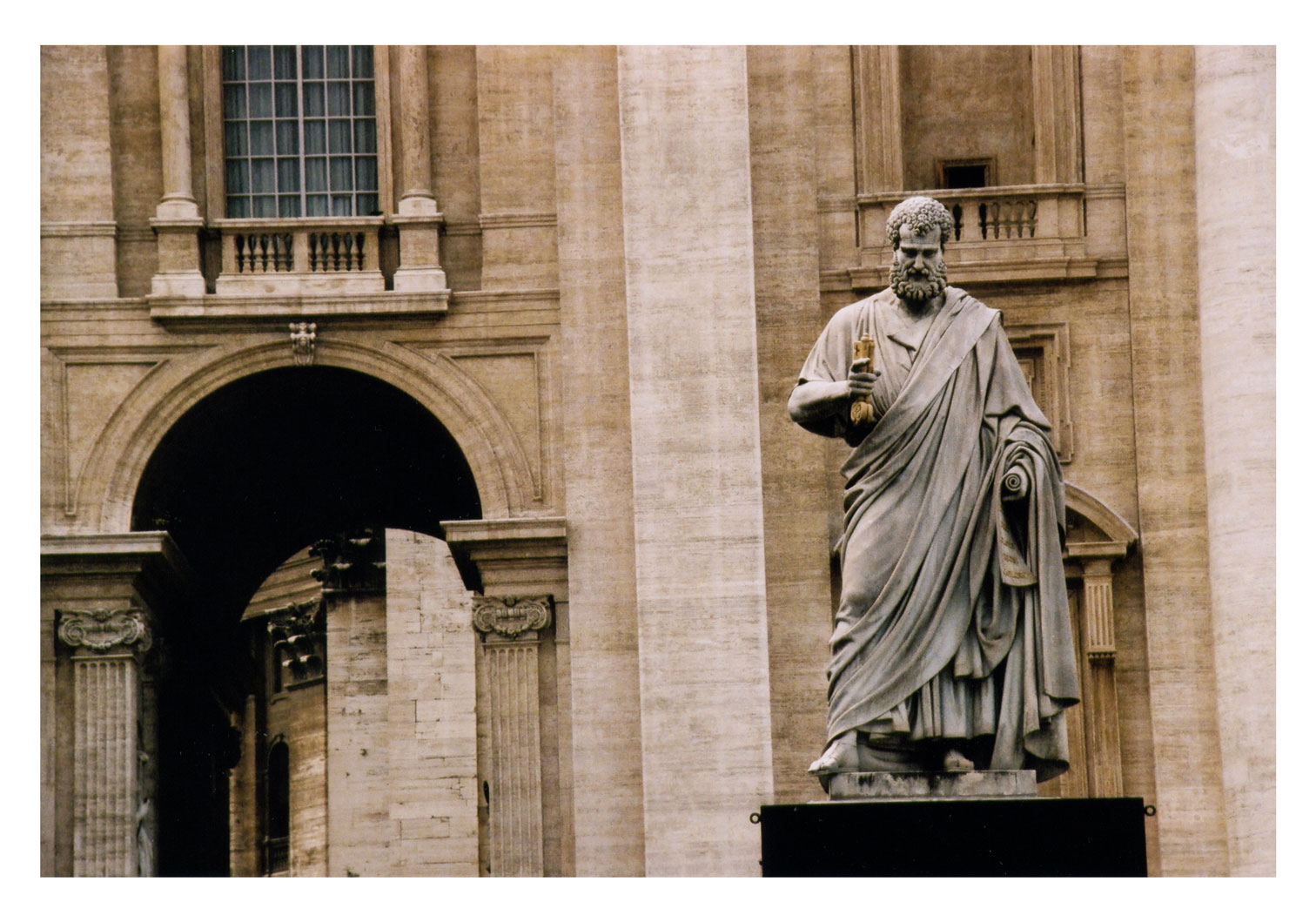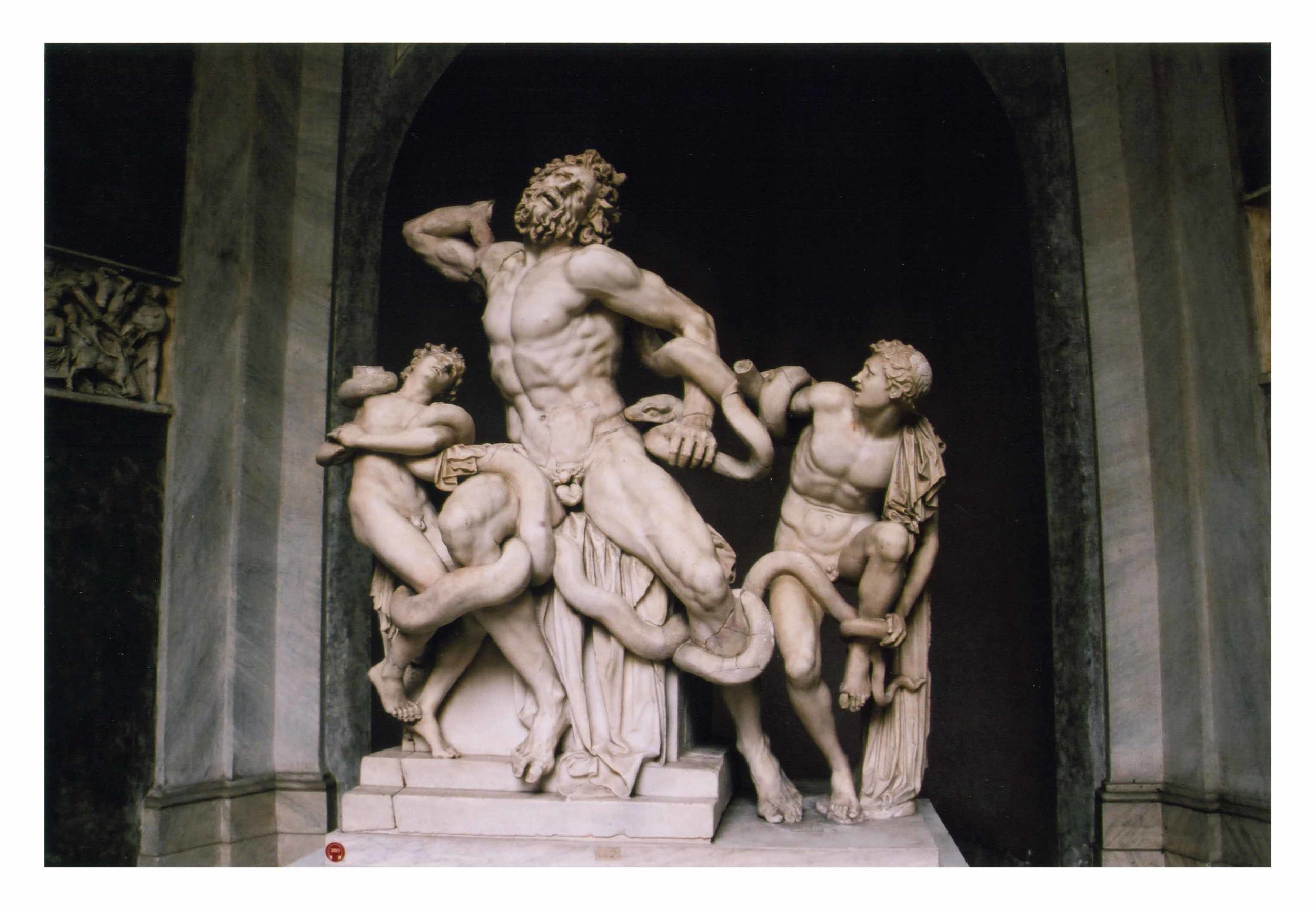Took this with Nikon F50 on Fuji film in 2002
Remember when taking a photo was done using a film camera? Ancient right.. I learnt on these, I used to travel the world with my Nikon film camera and a large bag of Kodak or Fuji Color and Ilford B&W film, Id have to take log notes recording aperture, shutter speed or if Id pushed the film for that extra contrast, back in Sydney Id take it down to my favorite printers Charing Cross down near Bondi, days later Id return to pick them up then walk down to the beach sit down at a cafe and slowly go thought the images picking out the ones that I liked, recalling where I was at that moment and how that may have affected the outcome, judging my work this way was difficult but rewarding, to be honest although it wasn't as fast as it is now it forced me to consider each image and learn the hard way, that's not to say that chimping the back of a DSLR to check you've nailed the photo isn't as good, its just another way of learning. Back then I had nowhere near the understanding of post processing that I do now, I had a good idea of what happened in camera and thanks to photography school I knew how to develop B&W in a darkroom, but I didn't fully understand the colour lab process, what the machines where doing to the photo in order to print, I had no control over this process so if an image was over or under exposed or perhaps slightly green because I shot it under fluorescent lights I couldn't correct this without instructing the lab to do it before reprinting. Digital cameras made post processing easier however in the early days I started shooting jpeg due to file size limitations and so again I had limited ability to be able to properly edit the image. You see when shooting jpeg its the digital equivalent to the old photo labs but done in the camera itself at lightning speed, no more waiting days, difference is the labs gave you the negatives that contained all the information and a DSLR (or a smartphone for that matter) uses an algorithm to produce the jpeg then discards the RAW information, "what the?" its like throwing away the negatives man!! shooting in RAW allows you more information to use when post processing and file size is no longer an issue, but what can i do with this extra information I hear you ask.. in this blog I'll try and explain a couple reasons and give my understanding of it all.
Contrast
Shooting RAW gives you access to more black and white information than jpeg, think of it this way removing colour information from a photo leaves behind a black and white image, its like stripping the leaves from a tree you're left with the basic structure, an image is a gradient from Black through Grey to White with colour blended in, if it does not contain the whole gradient looks flat, e.g. when you draw a ball or cylinder you increase the amount of grey to give the image shape, so contrast is basically the range of gradient in an image and the more the better, unless your going for a faded washed out look nothing wrong with this as long as it suits the look and feel. The image here was taken with B&W film, in Photoshop Ive added a green layer to part of it and voila! you have a colour image. I use this technique when colorizing, Increasing the contrast can really bring life to them.
Exposure
Wet Monkey with baby, Burma
Like sunburn over or under exposed images look bad, you may have set the ISO and aperture just right for the scene but the cameras meter can be thrown out by a stray patch of light or the background may be brighter that the foreground, [Factoid: a common misunderstanding is that changing the ISO adjusts the sensors sensitivity to light, it doesn't work that way, in fact the sensitivity is set to one value depending on the camera and increasing the ISO merely amplifies the data collected, kind of like downloading a low quality mpeg then turning the volume up]. Shooting in RAW allows you to retain the full exposure values and adjust it in post, it can also be thought of like a photo cube of exposure values, jpeg throws this information away. This image illistrates the point, the day was overcast and foggy I was standing under shelter from the rain, the background fog threw out the camera metering and underexposed the monkey by about a stop, I was able to bring it back and retrieve information that a jpeg would have deleted, now this isn't an extreme example and thats because I absolutely nail every shot.. LOL I wish.. I just didnt was to show you my really bad shoots, fyi there's a lot..
Conclusion
Shooting RAW has saved my bacon many times and I really like bacon.. Travel photography is dynamic, sometimes things happen fast other times you can sit and wait for things to unfold, on any given trip I'll take anywhere between 1000 to 5000 images and after many years Im lucky to totally nail more than just a handful of images, most times I have to bring back information that would have been discarded by jpeg. Its just the nature of the craft, if I were at a wedding or doing portaits where the conditions are more under control Id still shoot RAW. Michelangelo once said "Every block of stone has a statue inside it and it is the task of the sculptor to discover it" in my opinion you would not cut the stone in half and throw away the left over you would chip at it and allow the statue to emerge... Also I am not comparing myself to Michelangelo or any of the greats from the Renaissance, I took the images below many years ago on film, I stood in awe at the greats. wow this blog turned more into a film photography thing, Im new to blogging so all over the shop..








